best shade trees
seydoux
11 years ago
Related Stories

LANDSCAPE DESIGN7 Great Trees for Summer Shade and Fall Color
These landscape-pro faves straddle the seasons beautifully. Could one enhance your own yard?
Full Story
LANDSCAPE DESIGNGreat Design Plant: Retreat to the Shade of Hardy Catalpa
Big foliage and a towering height provide a shady respite in summer, but that's not all hardy catalpa offers dedicated gardeners
Full Story
GARDENING GUIDES5 Best-Behaved Trees to Grace a Patio
Big enough for shade but small enough for easy care, these amiable trees mind their manners in a modest outdoor space
Full Story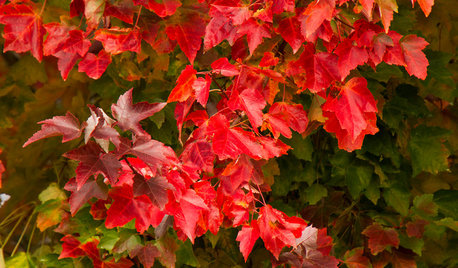
TREESGreat Design Plant: Acer Rubrum Brings Shade and Beauty
Red maple — a fast-growing, low-maintenance Eastern native — has spectacular fall foliage and early-spring flowers that feed pollinators
Full Story
GARDENING GUIDES13 Japanese Maples for Shade
A surprising variety of these understory trees is waiting to make a statement in your shade garden
Full Story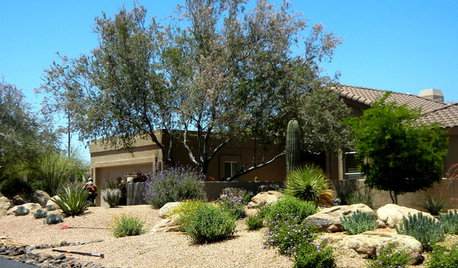
GARDENING GUIDESGreat Design Plant: Olneya Tesota Offers Desert Shade
This long-lived Southwestern native tree decorates the sky with its dusty gray-green foliage and lavender-colored blossoms
Full Story
GARDENING GUIDESHow to Keep Your Trees Healthy
Ensure your trees’ vigor for years to come with these tips for protecting roots, watering effectively and more
Full Story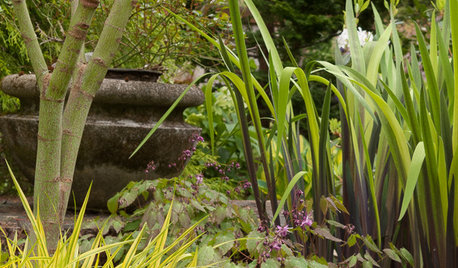
PLANTING IDEASA Great Spring Plant Combo for Dappled Shade
Time these ephemeral beauties right to watch them play off one another under a canopy of deciduous trees
Full Story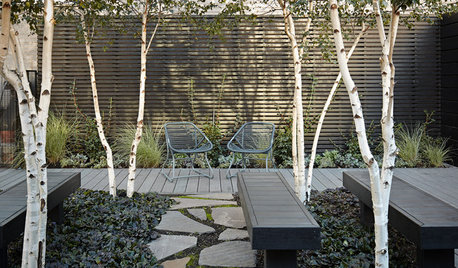
LANDSCAPE DESIGN5 Ways to Use Trees to Create a Sensational Garden Space
Trees define spaces in multiple ways and bring a layer of shade and intrigue to the landscape
Full Story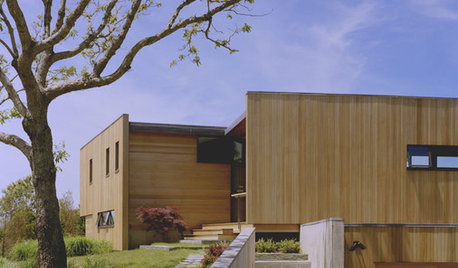
GARDENING AND LANDSCAPINGOld School Green Design: Keep the Trees!
Trees in the landscape add a sense of place, connection to nature, shade — and great beauty
Full Story





Dzitmoidonc
seydouxOriginal Author
Related Professionals
Palm Springs Landscape Architects & Landscape Designers · El Segundo Landscape Contractors · Middletown Landscape Contractors · New Baltimore Landscape Contractors · Oklahoma City Landscape Contractors · Winchester Landscape Contractors · East Norriton Landscape Contractors · Goldenrod Landscape Contractors · McHenry Carpenters · Fredericksburg Decks, Patios & Outdoor Enclosures · North Myrtle Beach Decks, Patios & Outdoor Enclosures · St. Louis Decks, Patios & Outdoor Enclosures · Wentzville Decks, Patios & Outdoor Enclosures · Manassas Siding & Exteriors · Perth Amboy Siding & Exteriorspoaky1
seydouxOriginal Author
poaky1
seydouxOriginal Author
poaky1
seydouxOriginal Author
demeron
poaky1
seydouxOriginal Author
poaky1
KarenPA_6b
Mike Larkin
poaky1
poaky1
dedtired